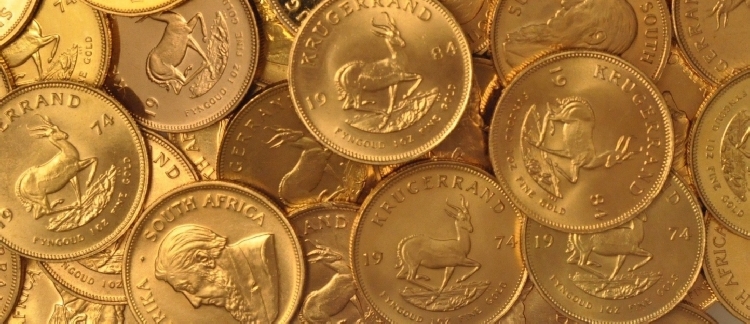







|
2010 BERLIN KRUGERRAND MINTAGES |
|||
|
DESCRIPTION / SIZE |
MINTAGE |
INDICATION PRICE |
AVAILABLE |
|
Double Strike Launch Set |
85 |
|
|
|
Launch Set |
302 |
|
0 |
 Buy Now
Buy Now



To mark this special honour the 2010 Krugerrand launch set contains a 1 ounce proof Krugerrand with the mintmark of the Berlin Bear together with the wording Berlin on the obverse. Also included in the 2010 Berlin Krugerrand launch set is a fine silver medallion which was co-designed by The South African Mint and the Berlin Mint. These Krugerrand launch sets also commemorate the historical links between
South Africa’s very first coinage and the Imperial German Mint.
No longer to tolerate British rule in the Cape Colony, the Boers, re-established themselves in the interior of the country, which later became known as the
Zuid Afrikaansche (ZAR) Republiek. When gold and diamonds were discovered in the ZAR Republiek, a massive influx of treasure hunters took place, and the variety of different currencies became a problem. So much wealth required a central banking system and and due course a mint act provided for coinage to be issued, similar to that of Great Britain.
However facing an upcoming election President Kruger pushed for coinage to minted before the Pretoria Mint was completed President Kruger contracted to have the first issue of the ZAR Coins (1892) designed and manufactured by the Imperial Mint in Berlin. It is a known fact that the modern Krugerrand is the “grandchild” of the Kruger Ponde which were struck by the Kaiser Mint in 1892.
The reverse of the “fine silver” medallion depicts a replica (“R”) of the original reverse design by engraver Otto Schultz of the Kaiser Mint. The ZAR’s pond and ½ pond featured the coat of arms of the ZAR as well as the wording “Eendracht Maakt Mag”
Berlin received city right in 1230 and in 1701 it became the capital of Prussia. In 1871 Berlin became the capital of Germany.
The Brandenberg Gate as shown on the reverse of the medallion, is a famous icon of this city and a symbol of Germany.
In 1280 the image of the Bear appeared on the city's new great seal and soon afterwards the bear became the main symbol of the city, appearing on seals, coats of arms, flags and shields up until today.

 Buy Now
Buy Now